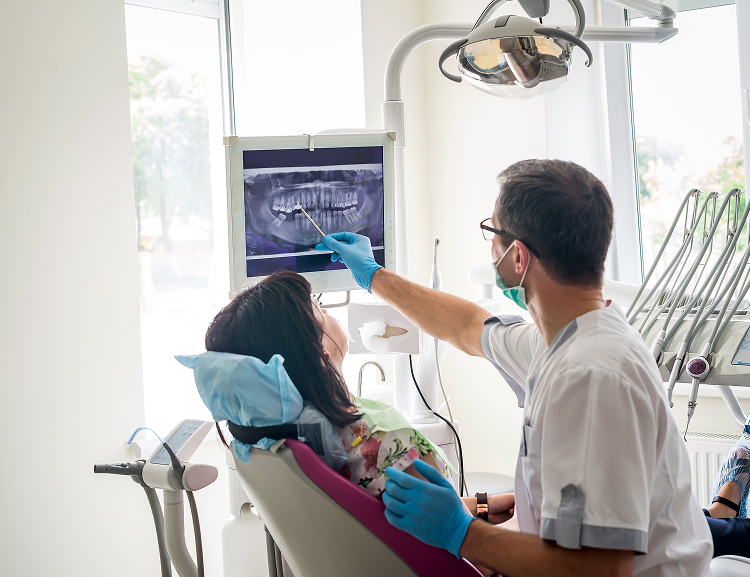
Demystifying Dental X-Rays: Why They’re Safe and Essential
April 24, 2025 12:46 pmWelcome to our dental blog! Today, we’re diving into a topic that often sparks questions and concerns among dental patients: X-rays. Some patients may worry about the safety of dental X-rays, but rest assured, they are an essential tool in modern dentistry and are conducted with your safety as the top priority. Let’s explore why dental X-rays are safe and why they are crucial for maintaining your oral health.
1. Minimal Radiation Exposure:
One of the primary concerns surrounding dental X-rays is radiation exposure. While it’s true that X-rays emit radiation, the amount used in dental imaging is extremely low. Advances in technology, such as digital X-rays, have further reduced radiation exposure compared to traditional film X-rays. In fact, the amount of radiation you receive from a dental X-ray is equivalent to what you might experience from a day of natural background radiation or even less.
2. Protective Measures:
Dental offices take numerous precautions to ensure that X-ray procedures are safe for patients. Modern X-ray machines are designed to focus the X-ray beam precisely on the area being examined, minimizing scatter radiation and further reducing exposure to surrounding tissues.
3. Diagnostic Benefits:
Despite their low radiation levels, dental X-rays provide invaluable diagnostic information that is often not visible during a regular dental examination. They allow dentists to detect cavities between teeth, evaluate the health of tooth roots and surrounding bone, assess the development of wisdom teeth, and identify any abnormalities such as cysts or tumors. Early detection of these issues can lead to prompt treatment, preventing more significant problems down the road.
4. Tailored to Individual Needs:
The frequency and type of dental X-rays recommended for each patient are tailored to their specific oral health needs and risk factors. For example, patients with a history of gum disease or extensive dental work may require more frequent X-rays to monitor their oral health closely. Conversely, patients with excellent oral health and low risk factors may only need X-rays every couple of years.
5. Advancements in Technology:
The field of dental radiology continues to evolve, with ongoing advancements aimed at improving imaging quality while minimizing radiation exposure. Digital X-ray technology, for instance, not only reduces radiation but also provides instant images that can be enhanced and manipulated for better diagnostic accuracy. Cone beam computed tomography (CBCT) is another innovative imaging technique that provides detailed 3D images of the teeth, jawbone, and surrounding structures with minimal radiation exposure.
In conclusion, dental X-rays are a safe and essential component of modern dentistry. The minimal radiation exposure, combined with stringent safety protocols and diagnostic benefits, make them an invaluable tool for maintaining your oral health. If you have any concerns about dental X-rays, don’t hesitate to discuss them with your dentist. Your oral health and safety are always the top priorities.
Stay tuned for more informative posts on oral health and dentistry. Remember, a healthy smile begins with regular dental care and informed decision-making.
Categorised in: Uncategorized
